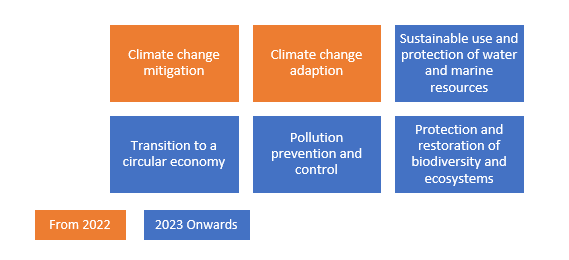
What is EcoVadis?
EcoVadis is a globally recognised platform that provides sustainability ratings for businesses. It evaluates companies’ sustainability policies, actions and disclosures and provides a comprehensive assessment of their performance across a possible four themes and twenty-one criteria.
The platform focuses on four key themes:
- Environment:Evaluates a company’s environmental actions, including GHG emissions, water and waste management.
- Labor & Human Rights:Assesses how well a company respects and promotes labour rights, including employee health and safety, working conditions, diversity, discrimination and harassment.
- Ethics:Evaluates a company’s commitment to ethical business practices, such as anti-corruption measures and data security.
- Sustainable Procurement:Examines a company’s efforts to ensure sustainable practices throughout its supply chain.
EcoVadis uses a structured methodology to assess companies, allowing for benchmarking and comparison with industry peers. The platform tailors its assessments to different sectors and company size ensuring a fair and relevant evaluation process for each company.
EcoVadis is a widely recognised platform with over 150,000 companies rated across 185+ countries and 250+ industries.
How does it work?
There are two main functions of EcoVadis.
- A self-assessment tool to measure and share progress
- A supplier ESG performance management tool
EcoVadis as a Self-Assessment Tool
It enables companies to evaluate and improve their own sustainability performance by completing a detailed annual questionnaire covering the core themes and criteria that are relevant to the company’s sector and size. The process includes submitting supporting documentation (proof of actions, policies and reporting) and receiving a scorecard with numerical rating and corresponding badge.
- The first submission establishes a baseline for a company’s sustainability performance
- Facilitates internal benchmarking over time
- Provides high level guidance on how to improve the company’s ESG performance
- Enhances transparency and can be used in public sustainability reporting
- Assists companies for future regulatory requirements or stakeholder demands
EcoVadis as a Supplier ESG Performance Management Tool
It facilitates companies to assess and monitor the sustainability practices of their suppliers. By requesting assessments from suppliers and analysing scorecards through the platform, organisations gain visibility into supply chain ESG maturity, identify risks, promote continuous improvement, and align procurement with ESG goals.
The Benefits of EcoVadis
The benefits of EcoVadis span across sustainability, risk management and business performance. Key advantages include:
- Demonstrate commitment to sustainability
- Compare company performance against industry peers and global standards
- Gain visibility into the ESG practices of suppliers
- Detect potential ESG risks in the supply chain
- Encourage and support suppliers to improve sustainability practices through performance feedback and corrective action plans
- Demonstrating strong sustainability performance can enhance brand value and appeal to conscious consumers and investors.
- One platform to assess your company and external partners
- Offers a consistent method to evaluate sustainability across industries and geographies
- Questionnaire available in a multitude of languages
Helpful Tips
- Assign a dedicated project owner to manage the process and ensure timely submission.
- Assign theme owners whose role correspond to the EcoVadis themes (e.g., HR, Procurement, EHS) to ensure accurate and comprehensive responses
- Ensure supporting documentation is recent (within a two-year time frame) and is identifiably related to your company
- Only claim what you can prove. It’s better to show partial compliance with supporting documentation than to skip the question or over claim
- Give yourself enough time. You have six weeks from the time you receive the questionnaire. Preparing documentation can take time, especially if multiple departments are involved.
How Can Clearstream Help?
Whether you are considering a first submission, have just received your score, are preparing for re-submission, or analysing your supply base we regularly assist companies by bringing expertise, structure, and efficiency to the process. We provide documentation review support, gap assessments-, short-, medium- and long-term project plans, assist in drafting or improving policies and procedures and final submission review. If you are looking to improve your
EcoVadis score or considering completing your first EcoVadis questionnaire please contact Kate Beahan at kate@goodbodyclearstream.ie.


 Goodbody Clearstream are delighted to share that Fran McNulty, Director Responsible Business is now a trained B Leader on the Irish B Leaders Database and can guide companies who are interested in B Corp certification.
Goodbody Clearstream are delighted to share that Fran McNulty, Director Responsible Business is now a trained B Leader on the Irish B Leaders Database and can guide companies who are interested in B Corp certification. What is EcoVadis?
What is EcoVadis?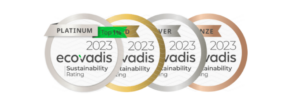




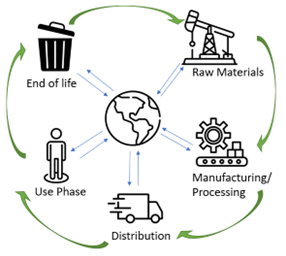

 Coca Cola
Coca Cola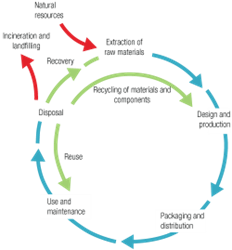
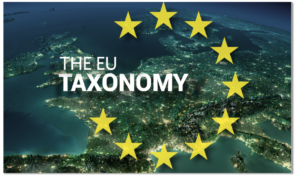 Non-financial and sustainability reporting has become an integral part of business operations over the last number of years. However, understanding climate risk and opportunity continues to prove a significant challenge for investors and corporates alike. The EU Taxonomy is part of the broader EU Action Plan on Sustainable Finance which seeks to offer clarity to investors and large companies in relation to the sustainability of their business operations. In doing so, it is anticipated that the taxonomy will create security for investors, prevent greenwashing, help companies to become more climate-friendly and help shift investments to more sustainable initiatives.
Non-financial and sustainability reporting has become an integral part of business operations over the last number of years. However, understanding climate risk and opportunity continues to prove a significant challenge for investors and corporates alike. The EU Taxonomy is part of the broader EU Action Plan on Sustainable Finance which seeks to offer clarity to investors and large companies in relation to the sustainability of their business operations. In doing so, it is anticipated that the taxonomy will create security for investors, prevent greenwashing, help companies to become more climate-friendly and help shift investments to more sustainable initiatives.